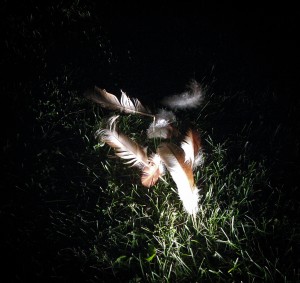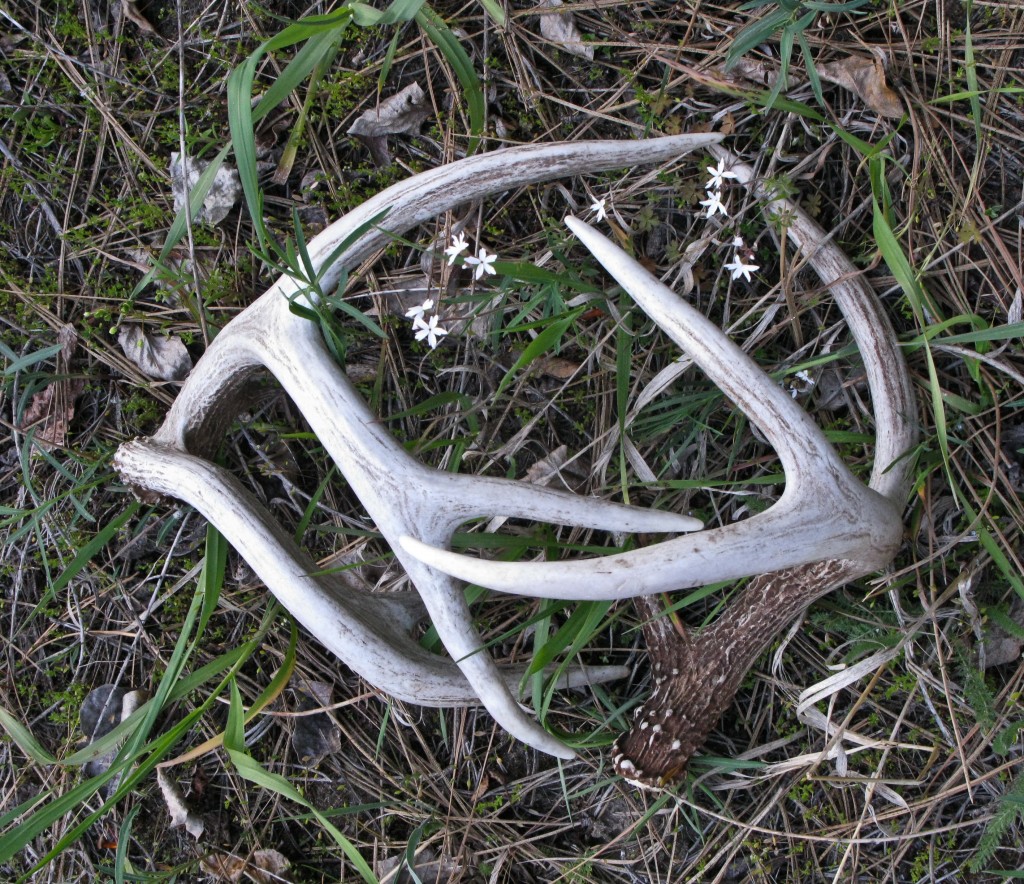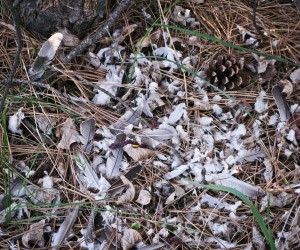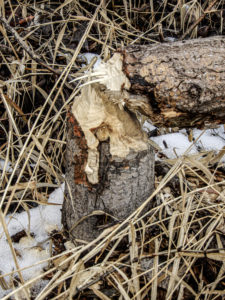
Walking through the nearly snow-bare backwoods, I follow a dried overflow channel that snakes its way through the forest, from pond to the main river. In high spring runoff this channel is full, but now it provides an easy access to the river bank. Deer have created a way through the willows and soon I’m standing on the rocky spit. The end of January and there is no ice–the days have been in the high 30’s and 40’s, the nights staying too warm to freeze.
It is hard to believe that 24 years ago, nearly to the day, an ice jam on the Blackfoot river caused the scouring of the mine and smelter tailings that had accumulated behind the Milltown dam for the preceding 88 years and their release into the Clark Fork River. This was the pivotal event that lead to the Superfund removal of the dam and the 6.6 million cubic yards of toxic sediment behind it.
1996 was also the year of the flood when record amounts of snow melted and sent the water spilling over the banks, not only filling the old channels, but creating a virtual lake of the backwoods. Across the river was a newly built expensive house, right on a bend where another overflow channel used to be. The flood ate away a goodly portion of their front yard. Afterwards they got permission from the county to build a bend-away weir in the river bed, forcing the flood waters away from their house and into the backwoods. Then, over the years they have piled up a long wall of rip-rap so that now it appears the house sits on the edge of a small rocky cliff.
The river has seen many engineered changes, from the dam to irrigation projects, levies in the downtown to riverfront development that tries to control the water and force it into a designated and constricted course. But rivers are capricious as well as powerful and the last couple of flood years have nearly destroyed a small neighborhood where the river has changed course and created a new channel.
Now another engineer has moved into the neighborhood and begun work on the river. As I make my way back through the willows to where a small stand of new cottonwoods have taken root, my way is block by several toppled trees. The ground is littered with wood chips and the trunks riddled with tooth marks, The lack of snow and ice this winter has meant an extended season for their work. These engineers, however are more than welcome.
A few months ago I read a wonderful new book by Ben Goldfarb–Eager: The Surprising, Secret Life of Beavers and Why They Matter. I then had the privilege of hearing him give a presentation at the Montana Natural History Center and I am now a confirmed “Beaver Believer.”
Goldfarb says, “Beavers are environmental Swiss Army knives, capable of tackling just about any ecological dilemma. Trying to slow down floods or filter out pollution? There’s a beaver for that. Hoping to capture more water for agriculture in the face of climate change? Add a beaver. Concerned about erosion, salmon runs, or wildfire? Take two beaver families, and check back in a year.” I can hardly wait to see what the beavers do to my short stretch of the river, and what they can teach me about engineering a future where, instead of dominating and trying to control nature, we humans can collaborate with other species to restore our natural ecosystems.

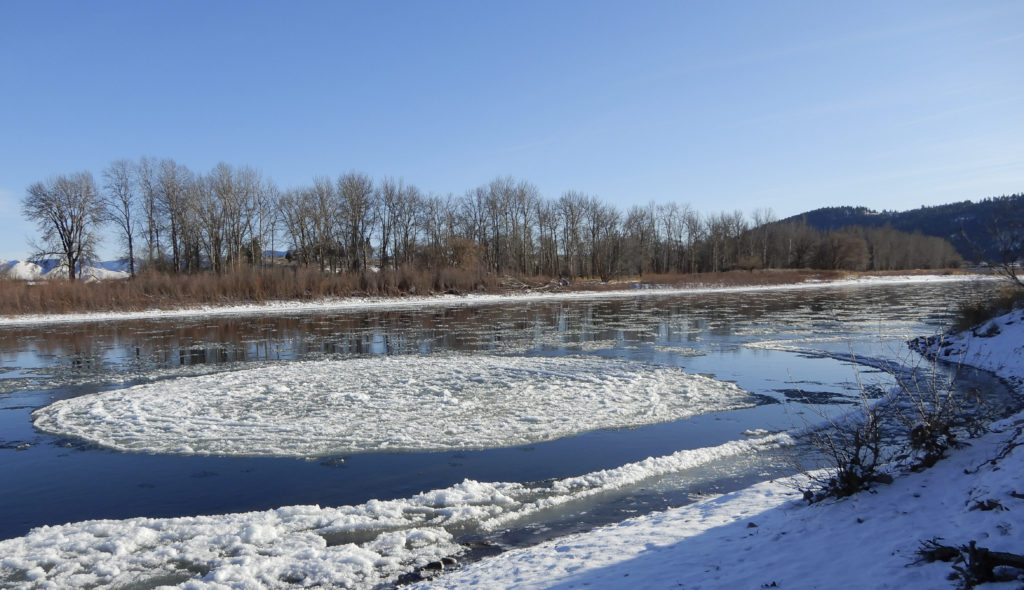
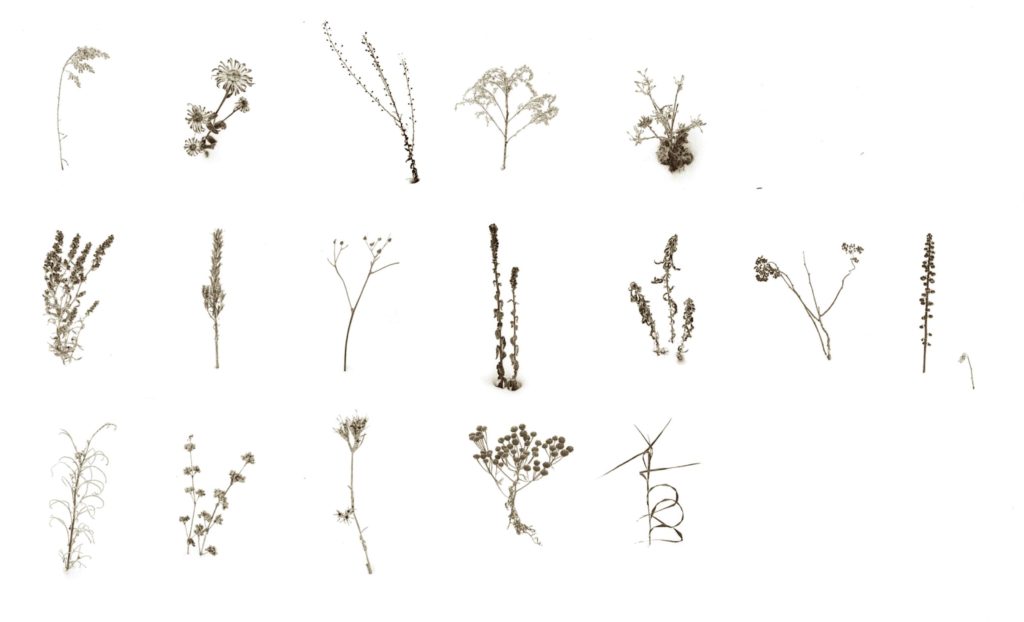
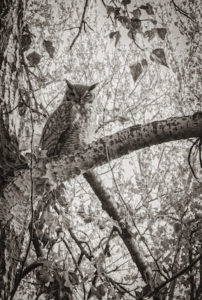

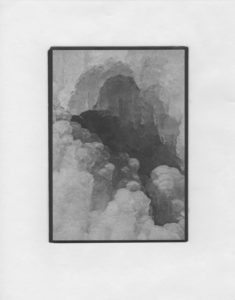 The last two weeks in Missoula have been unrelentingly cold with inversions trapping the valleys under a veil of dismal grey. For many people this has been trying–particularly since we are all breathlessly waiting for snow and the beginning of ski season. But the photographer in me has been rejoicing because the fact that the daytime temperatures never rise above the mid-20s means that the pond and riverbank have been an ever-changing landscape of ice. The fascinating forms captured by the freezing water are artworks far surpassing what my own imagination could ever conjure up.
The last two weeks in Missoula have been unrelentingly cold with inversions trapping the valleys under a veil of dismal grey. For many people this has been trying–particularly since we are all breathlessly waiting for snow and the beginning of ski season. But the photographer in me has been rejoicing because the fact that the daytime temperatures never rise above the mid-20s means that the pond and riverbank have been an ever-changing landscape of ice. The fascinating forms captured by the freezing water are artworks far surpassing what my own imagination could ever conjure up. 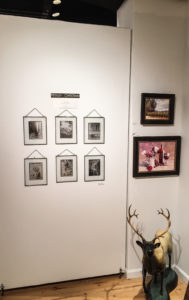
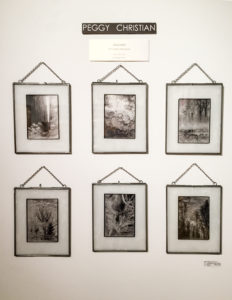
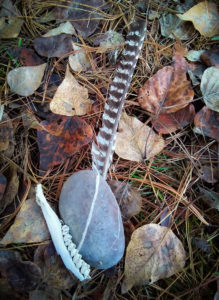 “Talk of mysteries—Think of our life in nature,–daily to be shown matter, to come in contact with it,–rocks, trees, wind on our cheeks! The solid earth! The actual world! The common sense! Contact! Contact! Who are we? Where are we? H.D. Thoreau
“Talk of mysteries—Think of our life in nature,–daily to be shown matter, to come in contact with it,–rocks, trees, wind on our cheeks! The solid earth! The actual world! The common sense! Contact! Contact! Who are we? Where are we? H.D. Thoreau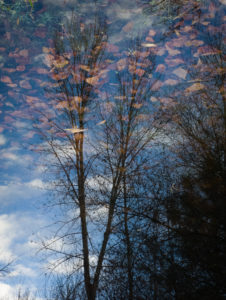 The morning after the election was a heartbreaking, confusing time for me. It was not just that my candidate had lost–that had happened before–or that the president elect would not agree with me on the issues that I consider most important. It was not even the possibility that this man might lead the country into another catastrophic war. That too had happened before. No–what devastated me was the fact that I could not understand how the electorate could vote for someone who so clearly had no moral or ethical center. Did that mean that half the country also lacks a moral and ethical center?
The morning after the election was a heartbreaking, confusing time for me. It was not just that my candidate had lost–that had happened before–or that the president elect would not agree with me on the issues that I consider most important. It was not even the possibility that this man might lead the country into another catastrophic war. That too had happened before. No–what devastated me was the fact that I could not understand how the electorate could vote for someone who so clearly had no moral or ethical center. Did that mean that half the country also lacks a moral and ethical center?